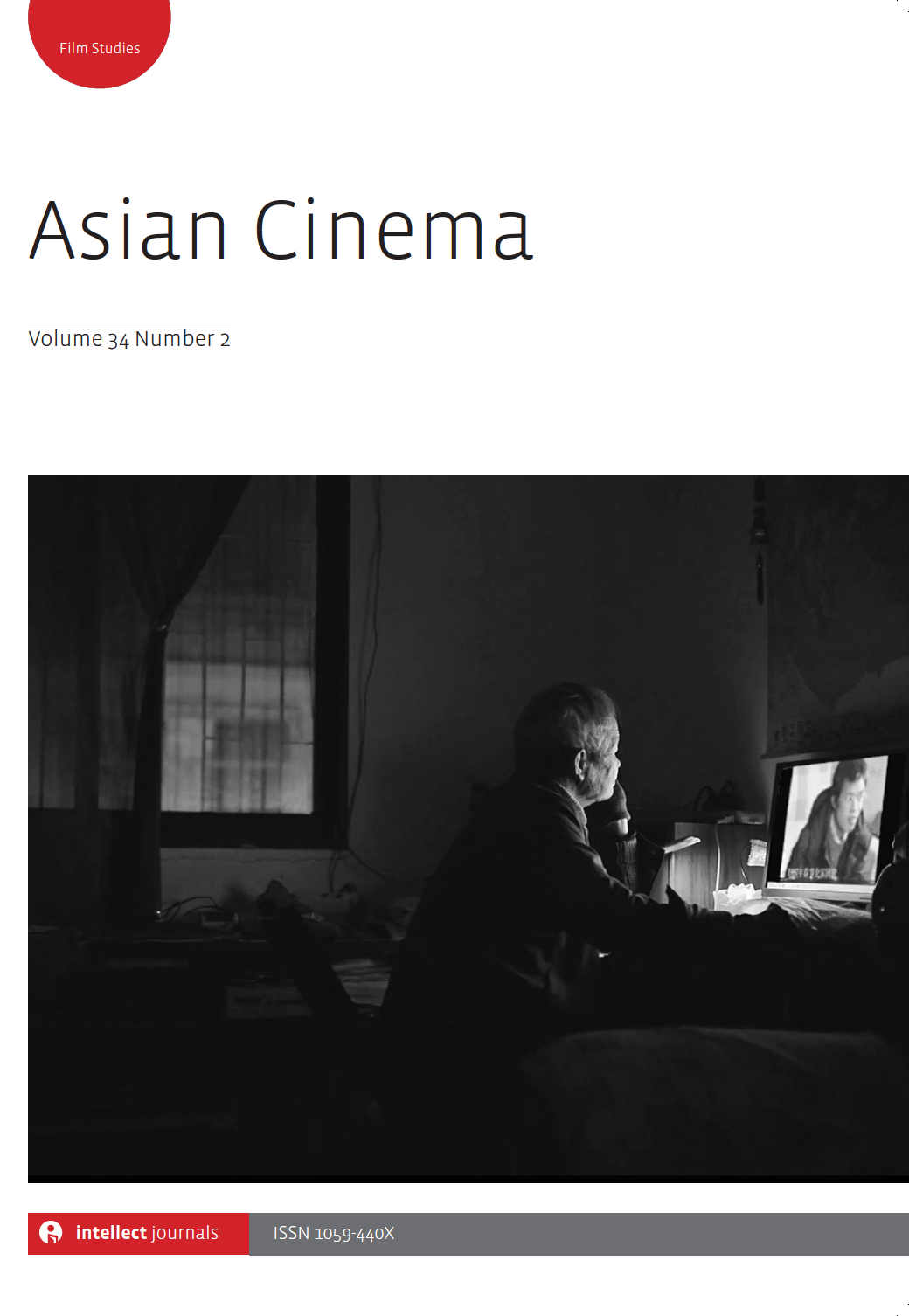
Full text loading...

This article explores the bodily and psychological dimensions of Tony Leung Chiu-wai’s performance in Andrew Lau and Alan Mak’s urban noir thriller, Infernal Affairs (2002), as a way of trying to comprehend the actor’s flexible, transnational stardom. Through a textual analysis of a pivotal scene from the film, the article argues that Leung’s facial acting facilitates an embodied and empathetic connection between the actor and the spectator, effectuated through cinematic techniques such as close-ups, editing and music. An embodied understanding of Leung’s facial work in the close-up thus challenges the existing scholarship that limits Leung’s transnational appeal to a restrained or minimalist acting style. A greater appreciation of Leung’s modulating, flexible and multi-layered performance is also illustrated through the scene’s juxtaposition of narrative and spectacle. The rupturing of the spectator’s empathetic and bodily engagement with Leung’s character during the spectacle sequence encourages the actor to shift his emotional response and bodily expressivity towards a performance delivery dictated by a flexible identity, thus bringing into relief the film’s preoccupation with a postcolonial identity crisis.

Article metrics loading...

Full text loading...
References


Publication Date:
https://doi.org/10.1386/ac_00068_1 Published content will be available immediately after check-out or when it is released in case of a pre-order. Please make sure to be logged in to see all available purchase options.